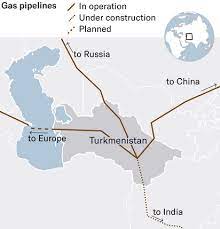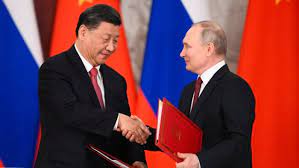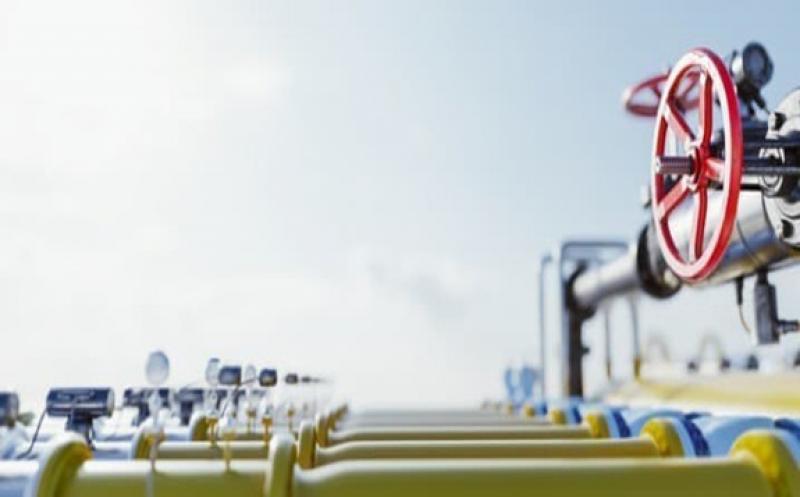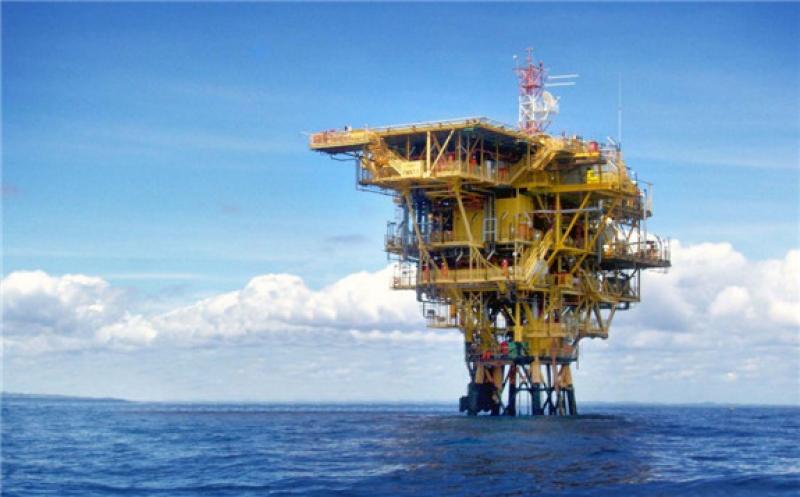China has issued its northeastern province Jilin thermal coal import quotas for 5 million tonnes, as supplies tighten this winter with imports curbed from top supplier Australia.

“The National Development and Reform Commission (NDRC) has decided to increase Jilin province’s coal import quota by 5 million tons from October to the end of this year to ensure a stable supply of coal for the heating season,” Jilin’s Ministry of Industry and Information Technology (MIIT) said in a document dated Oct. 9.
Jilin’s MIIT declined to comment while the NDRC was unavailable for comment.
China, the world’s top consumer of coal, reportedly informed key buyers to avoid Australian coal last week and has since 2018 tried to control coal imports using an unofficial quota system that caps purchases in an effort to support domestic miners.
Supplies of coal in northeastern China, including Jilin, Liaoning and Heilongjiang provinces, is insufficient and dependence on foreign coal is high.
“Northeast China was most acutely hit by tight supplies as a result of thinning local supplies following closures of small mines, and it’s a very cold winter here,” said a Jilin-based trader who has direct knowledge of the quota issue.
But as mines in Inner Mongolia and Shanxi, China’s top two coal producing regions, raise production, the tightness in the northeast is expected to ease, the trader said.
Northeast China’s coal demand is expected to be about 340 million tonnes this year, of which 150 million tonnes is used for coal-fired power generation, while coal output in the region is about 86 million, the Inner Mongolia Coal Association said in a statement posted on the China National Coal Association’s website on Thursday.
To meet demand, the region brought about 140 million tonnes from eastern Inner Mongolia, about 20 million tonnes from western Inner Mongolia, about 30 million tonnes from Shanxi province and imported some 26 million tonnes, the association said.
The association suggested that the government should moderately increase coal import quotas for northeast China to cover the supply gap, while supporting coal mines in the Inner Mongolia region.
Traders expect more import quotas to be issued to other regions in northeastern China, some of the coldest in the country.
“Indonesian coal could benefit from the new quota,” another coal trader said.







